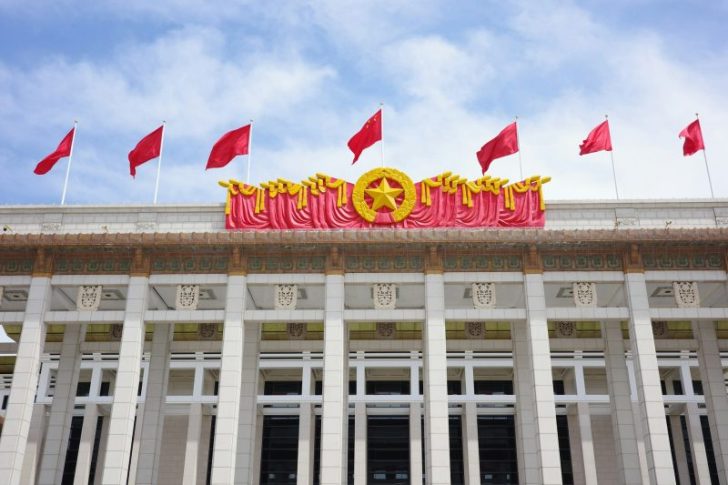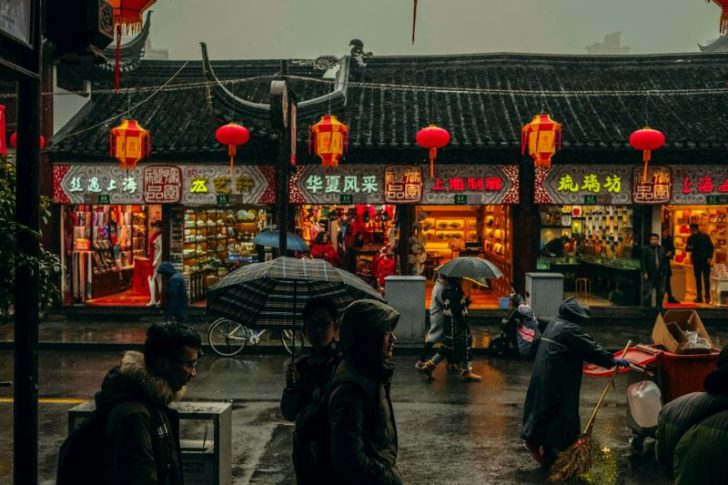China is spending big on its cities, but not always in smart ways. From Beijing to small inland towns, investment patterns show a deep divide. Some cities are charging ahead with tech and services, while others are stuck pouring money into projects that barely move the needle. This results in a messy mix of overbuilding, lost productivity, and growing risks.
In lower-tier cities, especially Tiers 3 and 4, investment is sky-high. In 2024, it hit 58% of GDP. That is not because these cities are booming. It is because local governments are trying to replace lost revenue from the property crash. Their go-to move is to pour money into infrastructure and industry. Roads, factories, parks, you name it.
But the problem is that these projects aren’t paying off. Many cities now face overcapacity and low productivity. The factories they built sit half-used. And instead of helping consumers, it is hurting them. In fact, retail sales in these cities drop as investment rises. That is a red flag.

Fred / Unsplash / Tier-2 cities like Nanjing and Wuhan are more balanced. Their investment-to-GDP ratios are closer to the national average, around 40%.
These cities have potential. But they haven’t fully shifted toward newer, smarter industries. Advanced manufacturing, chips, and green tech are not moving fast enough. They are in a holding pattern, watching Tier-1 cities sprint ahead.
Beijing and Shanghai, the big players, are different. They have leaned into services, research, and human capital. Beijing, in particular, is known for its strong institutions and skilled labor. It has reached the "efficiency frontier," a fancy way of saying it is using its resources better than anyone else in China. These cities show what smart, productivity-driven investment can look like.
China’s Real Estate Drag
Lower-tier cities were hit hard. Home prices dropped, and populations shrank. To stop the bleeding, local officials pumped even more money into industrial zones and public works. But that move has backfired.
Take the so-called "ghost cities" in places like Xi’an or Chongqing. Tower blocks stand empty. Lights stay off. Yet energy bills and emissions keep piling up. These ghost towns release 55.8 million tons of CO₂ a year, just from wasted construction and idle buildings.
Meanwhile, Tier-1 cities stay mostly insulated. Their high-end housing markets are steadier, and their economies don’t depend on construction as much. They are focused on innovation, R&D, and pulling in top talent. This is why they remain magnets for capital and ideas.

Nuno / Unsplash / Some Tier-2 cities, like Hangzhou and Shenzhen, show promise too. Hangzhou’s e-commerce and fintech scene continues to grow.
Shenzhen is a logistics hub. But even these rising stars have their limits. Shenzhen, for example, still lags in academic research. That gap could hold back long-term innovation.
One of China’s biggest challenges is the "productivity paradox." Cities are investing more, but getting less in return. Data shows a negative link between investment levels and productivity. For example, a 0.62 correlation means the more money poured into projects, the less output you get per dollar spent.
Why? Because too many cities are stuck in old habits. They think building more equals growth. But it doesn’t, especially when that building isn’t tied to real demand or future-facing industries. The focus is on "capital deepening," a term economists use when governments try to grow just by adding more equipment, buildings, or labor.

